Time Period: Early Twentieth Century (1901 - 1940)
aka: Josie Turner
 Creed Caldwell Story
Creed Caldwell Story
 Crescent College Ad
Crescent College Ad
 Crescent College Uniform
Crescent College Uniform
Crescent College and Conservatory
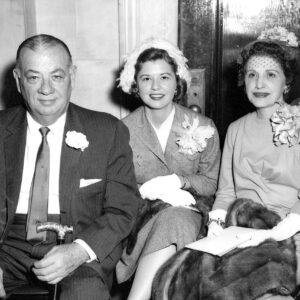 Crip Hall and Family
Crip Hall and Family
Crittenden County Courthouse
 Crittenden County Lynching Article
Crittenden County Lynching Article
 Crittenden Lumber Co.
Crittenden Lumber Co.
 Crittenton Home Funding Editorial
Crittenton Home Funding Editorial
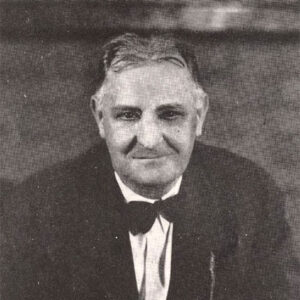 Hugh Critz
Hugh Critz
 Hugh Critz
Hugh Critz
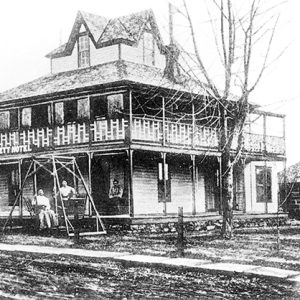 Crockett Hotel
Crockett Hotel
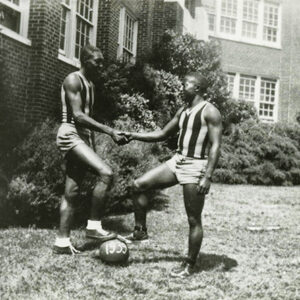 Woodrow W. Crockett and James Giggens
Woodrow W. Crockett and James Giggens
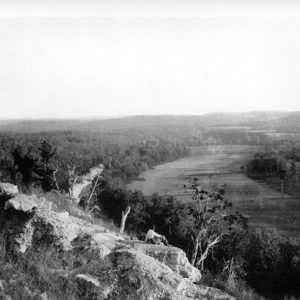 Crooked Creek
Crooked Creek
Cross and Nelson Hall Historic District
 Crossett Experimental Forest
Crossett Experimental Forest
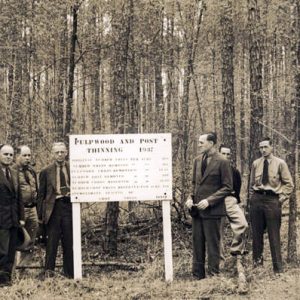 Crossett Experimental Forest
Crossett Experimental Forest
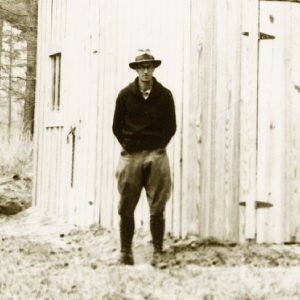 Russell Reynolds, Crossett Experimental Forest
Russell Reynolds, Crossett Experimental Forest
Crossett Light
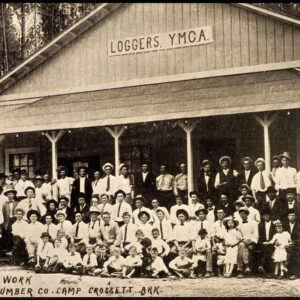 Crossett Loggers
Crossett Loggers
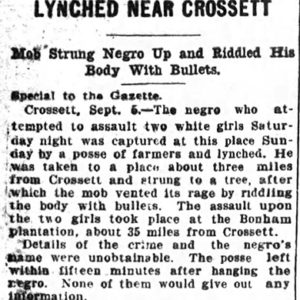 Crossett Lynching Article
Crossett Lynching Article
Crossett Lynching of 1904
 Crossett Mill
Crossett Mill
 Crossett Research
Crossett Research
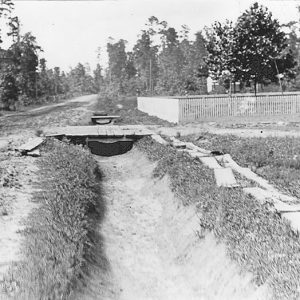 Crossett Street Drain
Crossett Street Drain
Crossett Strike of 1940
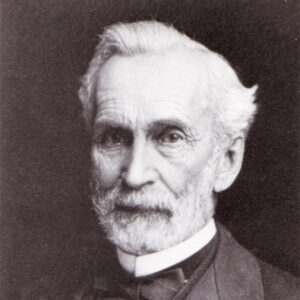 Edward Crossett
Edward Crossett
Crossett, Edward Savage
 Benjamin Crowley
Benjamin Crowley
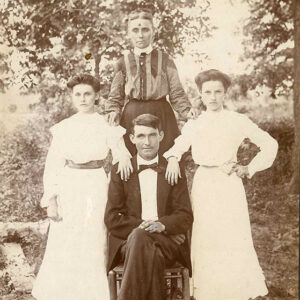 Andy Crum
Andy Crum
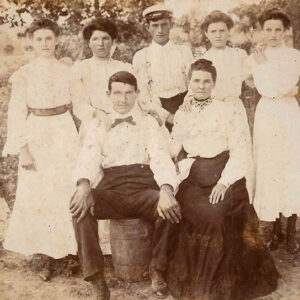 Andy Crum
Andy Crum
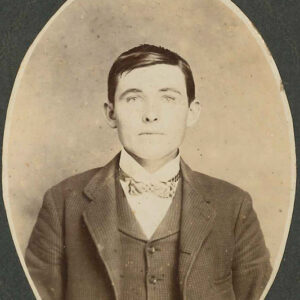 Andy Crum
Andy Crum
 Andy Crum Bank Note
Andy Crum Bank Note
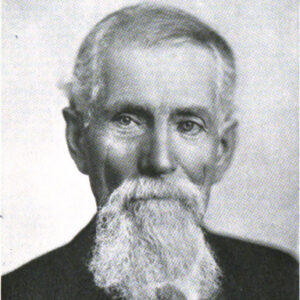 George J. Crump
George J. Crump
Crystal Bathhouse
 Crystal River Tourist Court
Crystal River Tourist Court
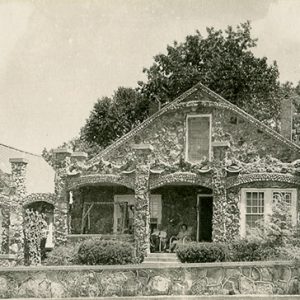 Crystal River Tourist Court
Crystal River Tourist Court
Crystal River Tourist Camp Historic District
aka: Crystal River Tourist Court
aka: Crystal River Cave and Court
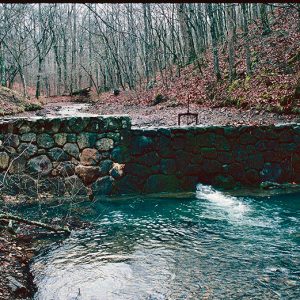 Crystal Springs Dam and Camp Shelter
Crystal Springs Dam and Camp Shelter
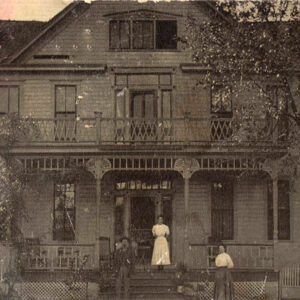 Culp Hotel
Culp Hotel
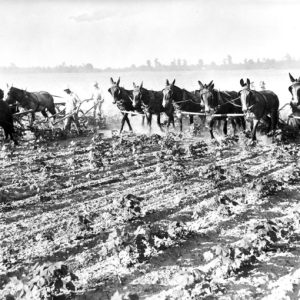 Cultivating Cotton
Cultivating Cotton
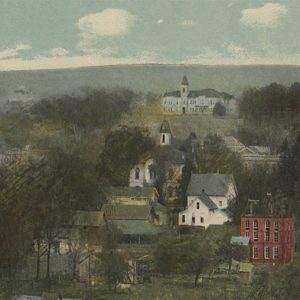 Cumberland College
Cumberland College
Cummins Prison Break of 1940
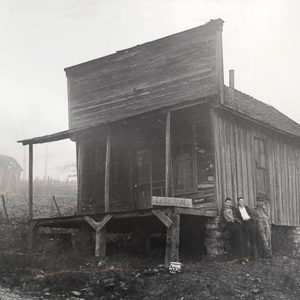 Cushman City Hall
Cushman City Hall
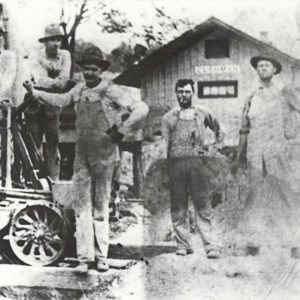 Cushman Depot
Cushman Depot
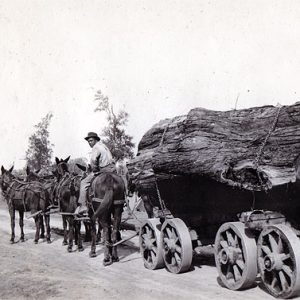 Cypress Logging
Cypress Logging
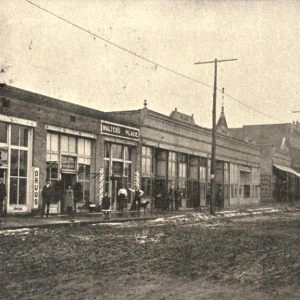 Cypress Street
Cypress Street




